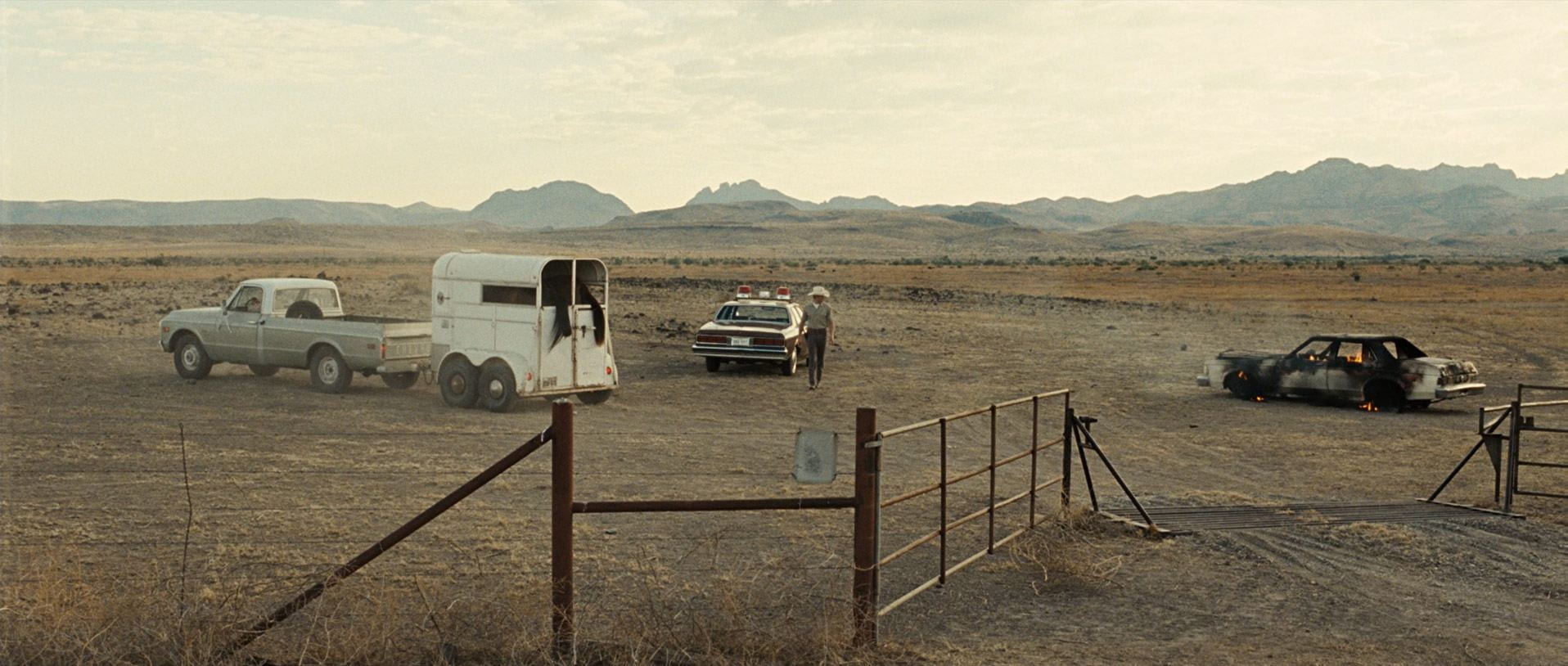In-Depth Blog Post 2
 No Country for Old Men
No Country for Old Men
While the last few weeks since my opening blog post have not been super eventful in terms of my in-depth project, I was still able to get started and plan for the future of the project.
The first three weeks of this project were highlighted by my first meeting with my mentor Kevin. Last Saturday, we held a zoom call where we discussed what we wanted to get out of the project, what we wanted to specifically cover, and we also got to know each other a bit better. Kevin told me about his background in television and video production, mentioning how he started off doing a mix of editing and camera work, before moving more to the editing side of things. He also told me about the workflow that happens to transform raw video to finalized episodes at the production company he works for, as I was interested to learn about his role as a senior editor. The meeting was highly informative overall, and it was a fantastic way to start off the project
For the meeting, I created a couple of big questions (related to technical parts of filmmaking) that I wanted to answer throughout the project, and we discussed them throughout the call. We both agreed that we should focus on one of the questions a call and meet every three or so weeks. For the next meeting planned, we are going to focus on cutting and editing videos, so I am planning to shoot some narrative clips around my house to put together during the call.
Otherwise, I have been watching movies and reading my cinematography book to learn more about filmmaking over the last few weeks. Last weekend, I watched the 2007 neo-Western Crime Thriller: No Country for Old Men, with my dad. In the film, a hunter in west Texas is hunted by a psychopathic hitman after he stumbles across cash in a drug deal gone wrong. While the film is packed with action and violence, it crafts a powerful message about the randomness of existence and death, by symbolizing death through the antagonist, who flips a coin to decide his victim’s fate. Through the unusual narrative structure, the absence of music, and Sir Roger Deakins’ (Director of Photography) powerful cinematography, I very much enjoyed the film and thought it was quite good.
 No Country for Old Men
No Country for Old Men
Though I have not shot a lot of video yet, I shot an experimental clip with my camera’s color balance set to warmer color to render white daylight bluer a few weeks ago. This was to make the scene look like it was shot at night, with a motivated light like the moon. While the focus was not great, and the shadows were a bit dark, I still liked the way it turned out. I intend to use a shot similar to this one in a future short film I have planned, though I have not mapped it all out yet. Below is a frame from the clip.
How to Have a Beautiful Mind
How to Agree and How to Disagree: So far, I have not had many opportunities to agree or disagree with my mentor. Our first meeting focused a lot more on getting to know each other and planning out the mentorship. We did agree on smaller things like when to meet, and how we wanted to structure the mentorship, which was good because he showcased how we both had a similar view and idea of the project. We also agreed on slightly bigger ideas, like how we both view video editing as fun. Since we didn’t get into too much of the technical part of filmmaking so far, it is hard to have any big agreements or disagreements in that area. In the coming meetings, I am sure we will find out more about our disagreements and differences.
It does mention in How to Have a Beautiful Mind that it is difficult to disagree with someone who has a special experience. This somewhat applies to my relationship with my mentor. It would be unfair for me to disagree (in the case of ego-boosting) with Kevin most of the time, as he has years of experience, while I am relatively new to film – he has special experience, while I do not. On the other hand, it is important to understand that no one is always right, so blindly agreeing with my mentor is also not the best course of action. I should go into every conversation hoping to learn and hoping to communicate different views.
Differences: In the book, it mentions that there can be differences as a result of perspectives, values, and perceptions. These differences are not disagreements, no one is wrong, and no one is right. They are just different opinions sprouting from the factors listed below. When meeting with my mentor, we discovered we had differences in the terms of our editing software preference. While I use programs such as Magix Vegas, or Adobe Premiere, Kevin mainly uses software called Avid. This doesn’t mean that one software is better than the other, it just means we prefer different software because of our past experience. Since Kevin’s production company mainly uses Avid, it makes sense that he uses it. On the other hand, since Premiere Pro is one of the most popular consumer editing software, it is what I found when I was looking for a new program, so it is therefore what I use.
So far, my In-Depth project is going well, and I am excited for what it is going to take me.

0 comments on “Filmmaking: In-Depth #2” Add yours →